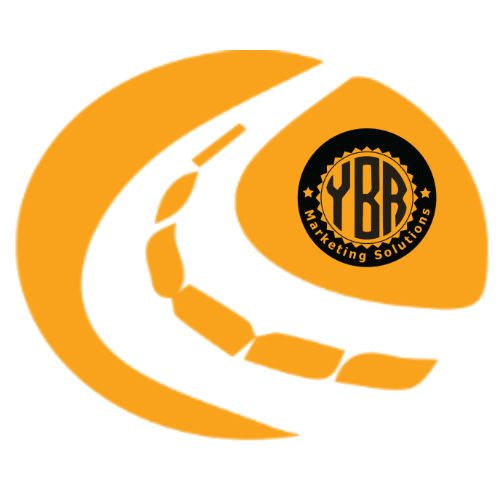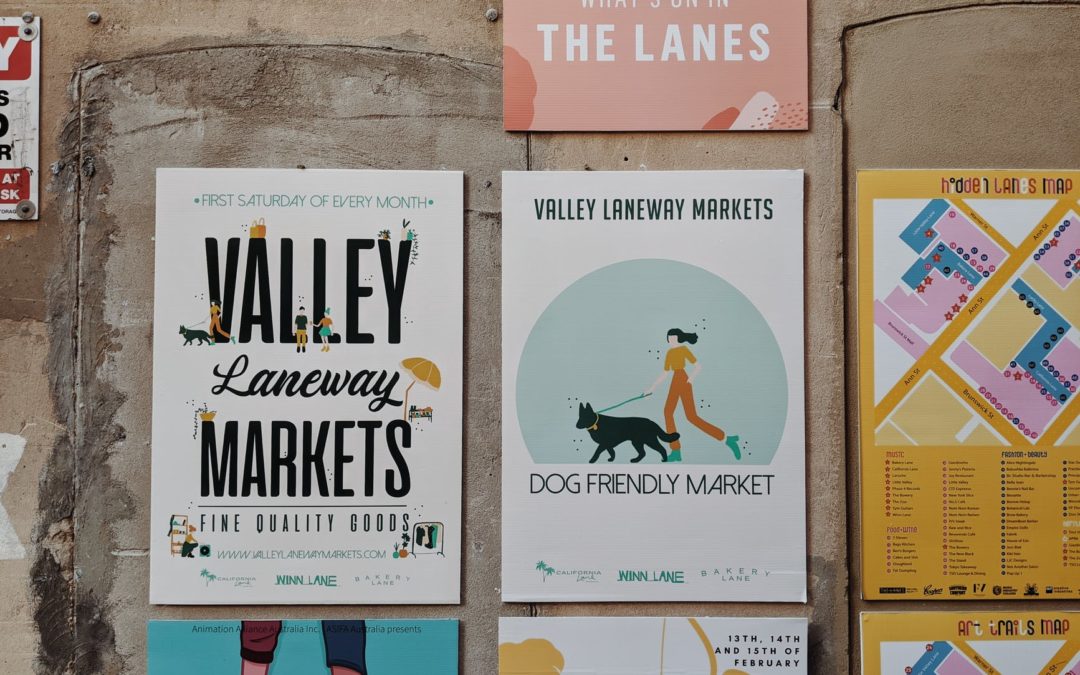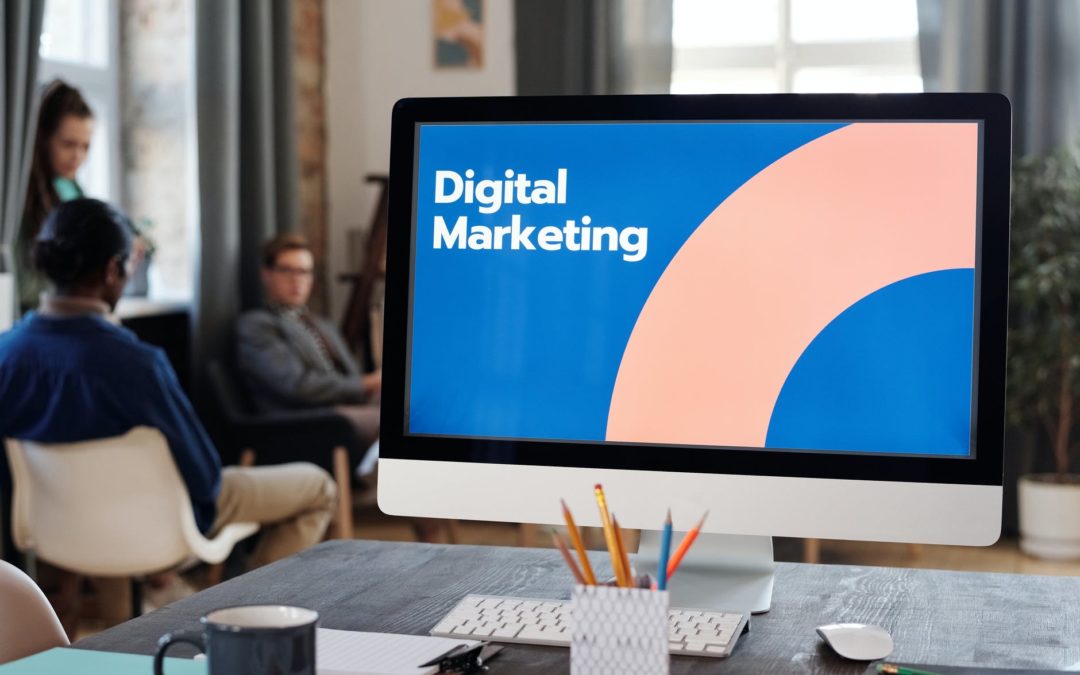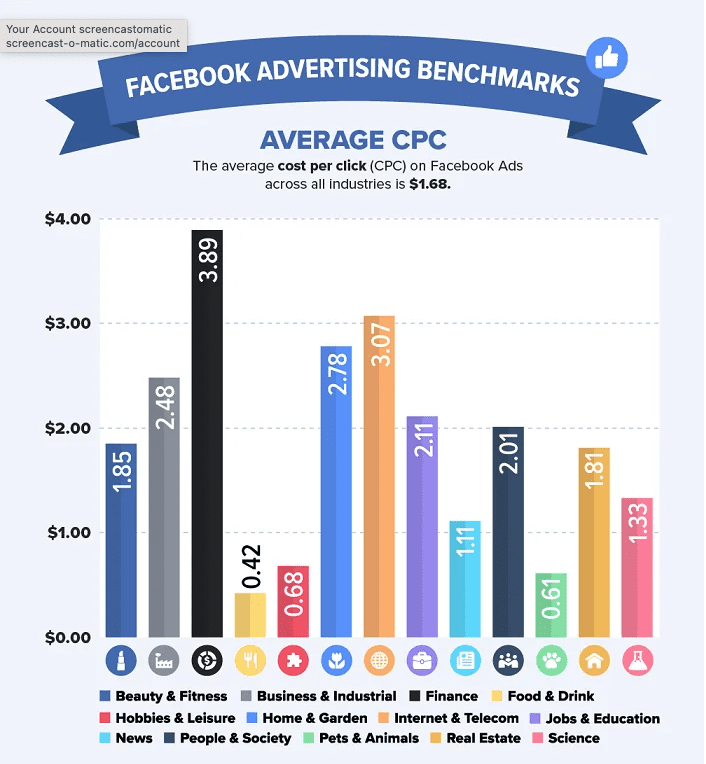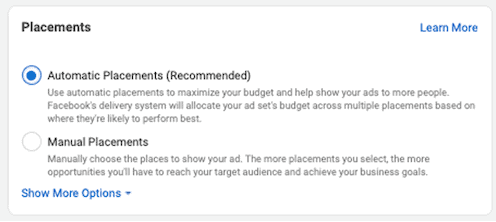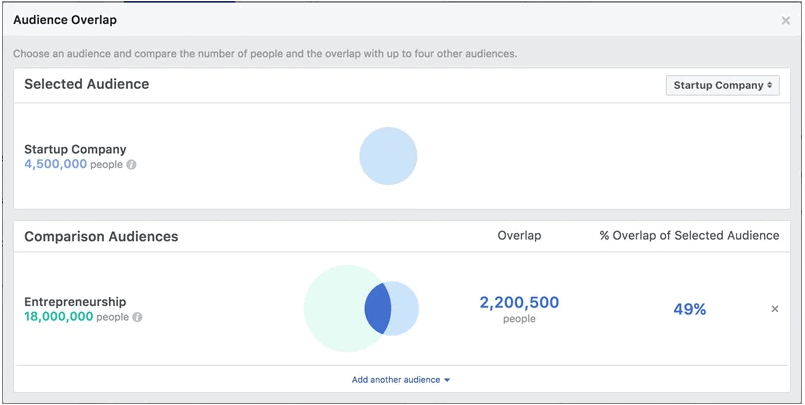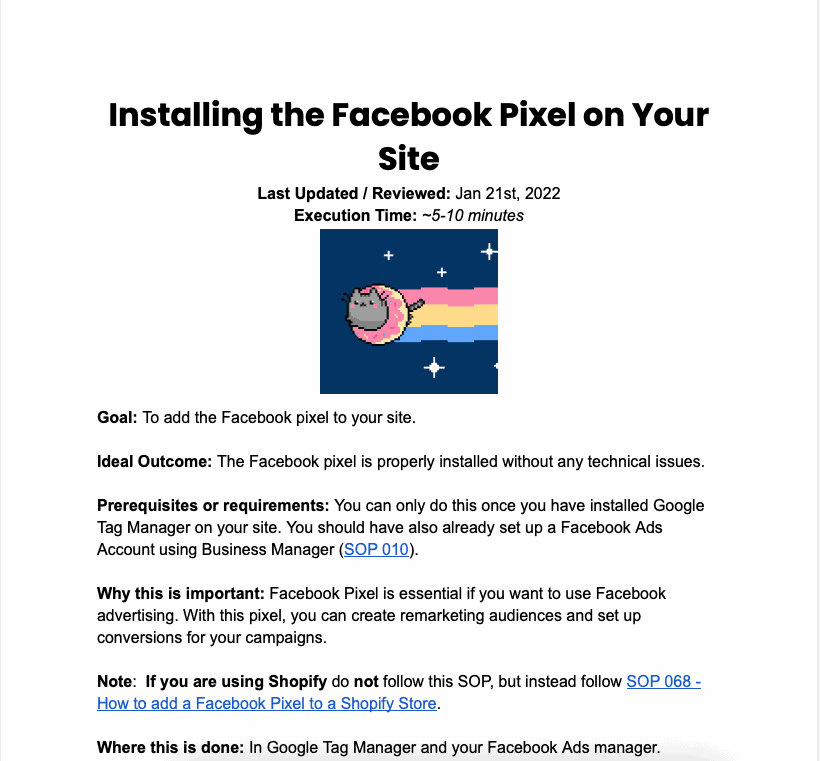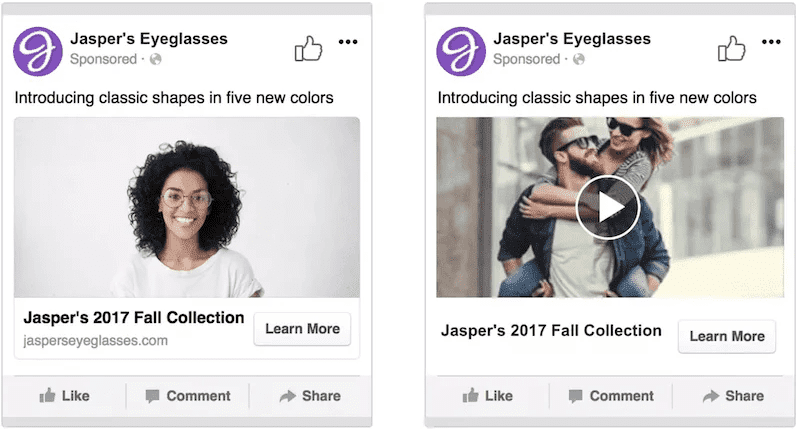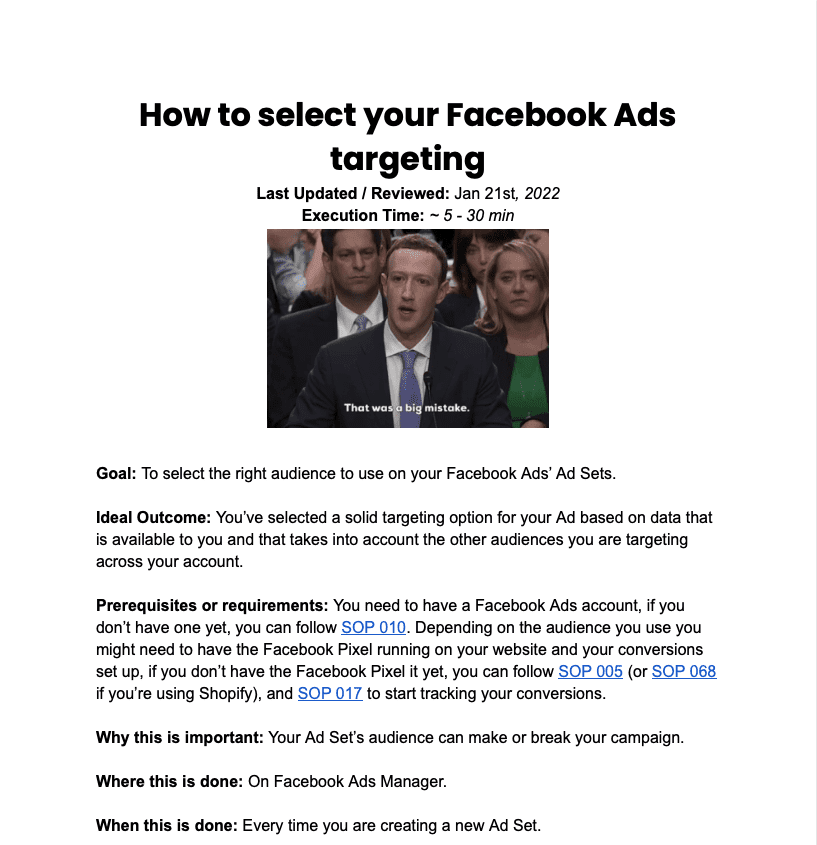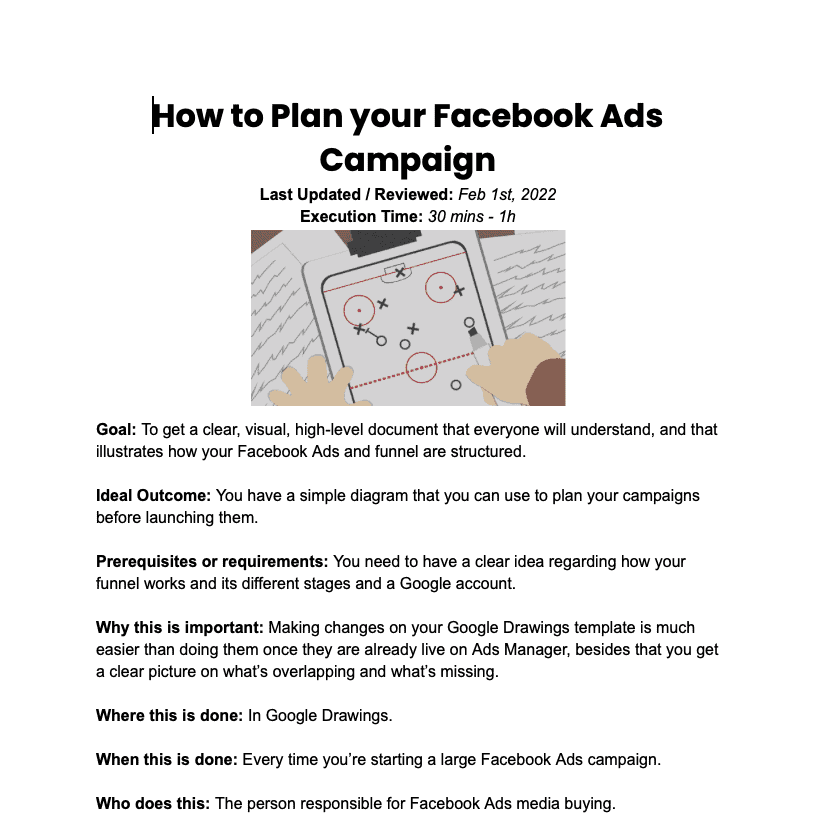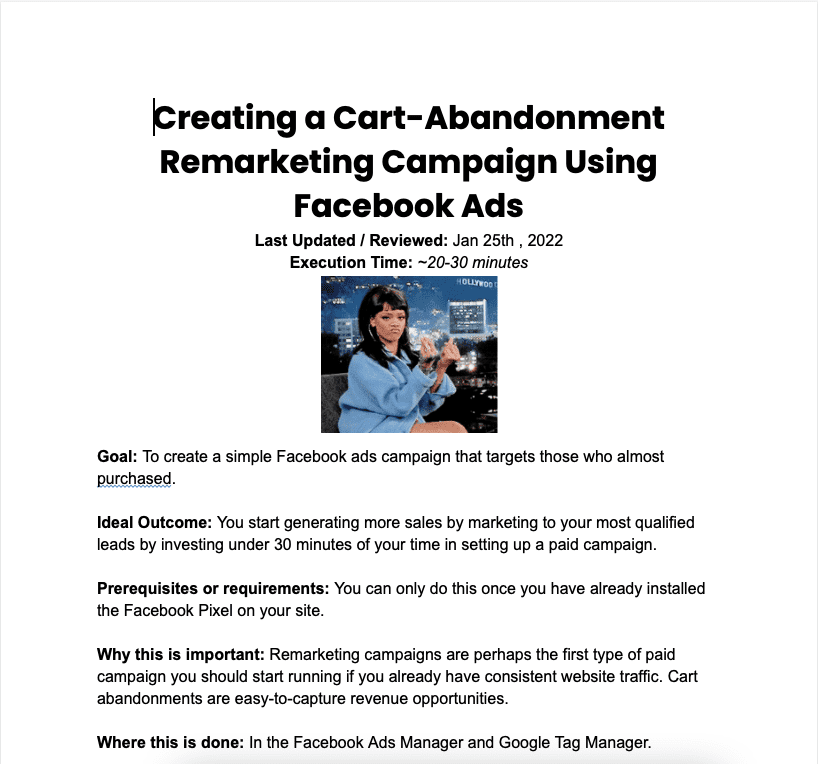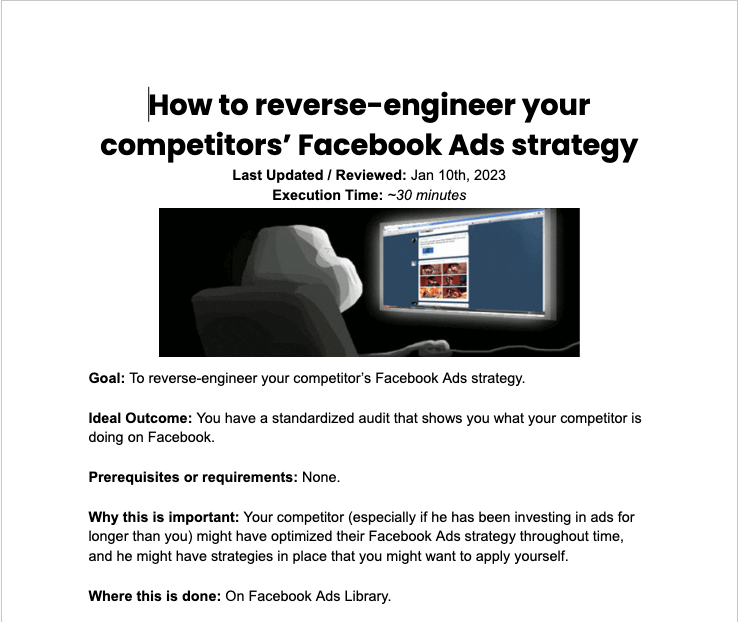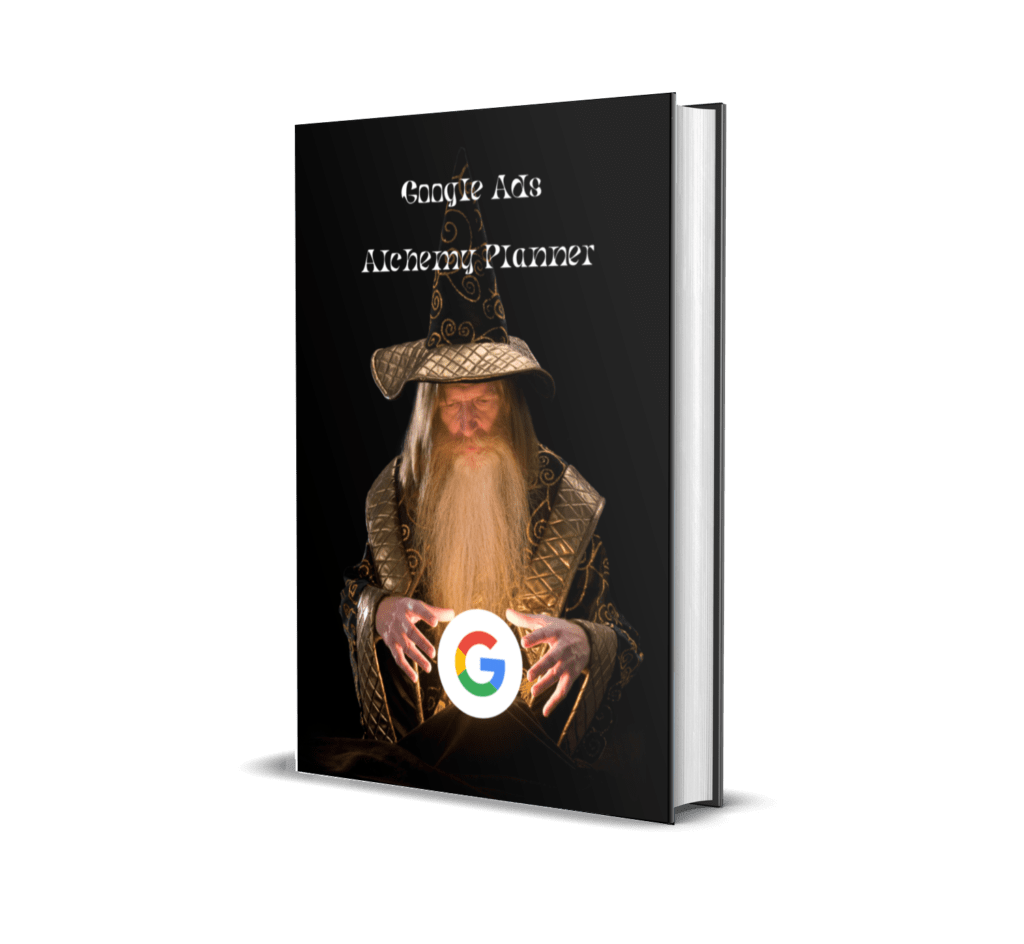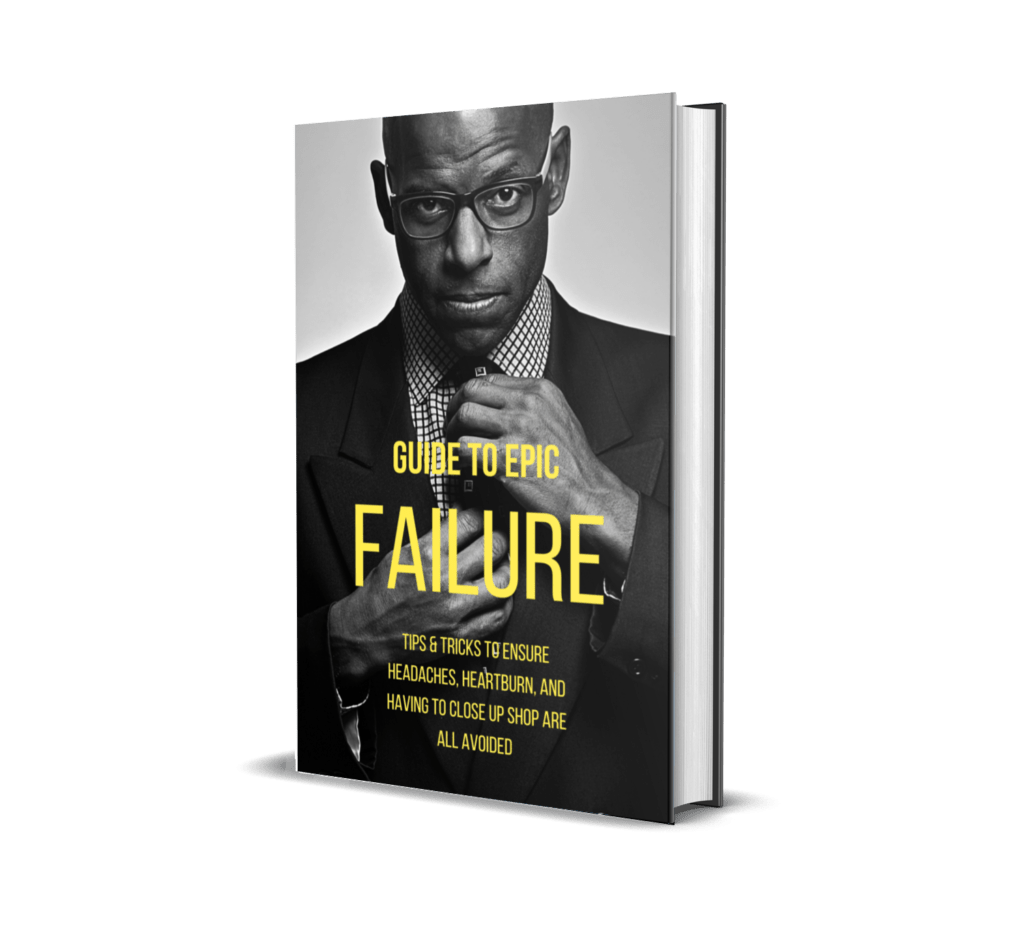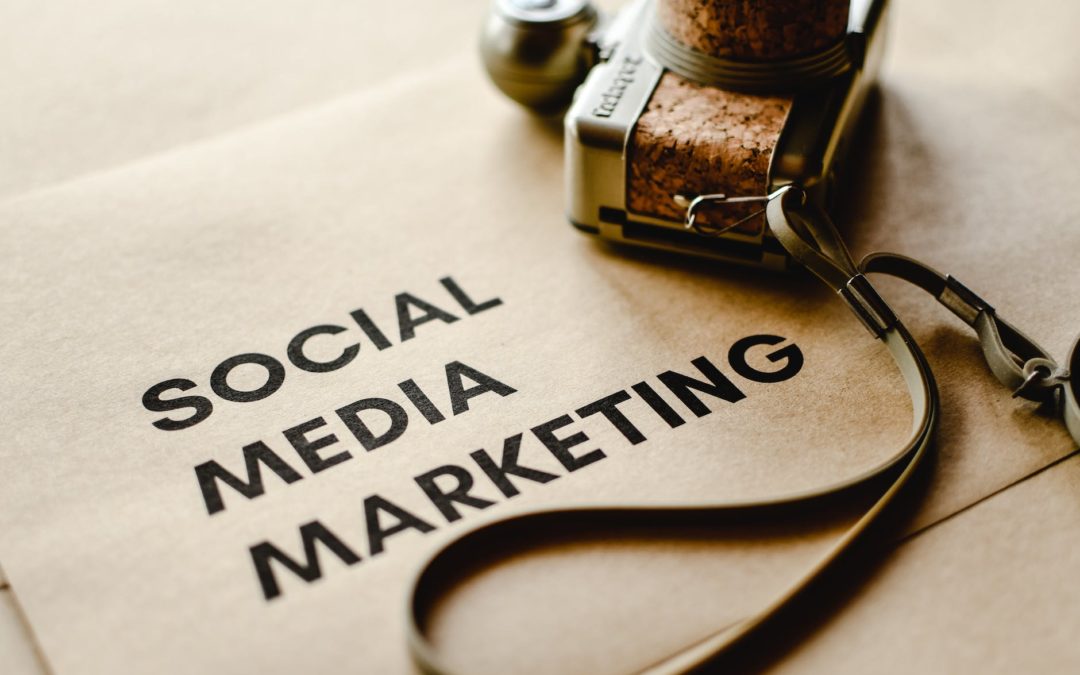
Social Media Marketing Wollongong – How To Grow Your Business With Social Media
Social media marketing is an important part of any online strategy. It allows you to reach customers where they spend their time, and create a community around your brand. But it can be confusing. To make things worse, most advice on social media marketing comes from the people selling it, rather than from businesses who are already successfully using it. That’s why I wanted to write this article. I want you to have the real scoop – straight from other successful business owners who know what they’re doing and have been there before you.
Create an Account with Facebook.
Whether you’re a business owner, a blogger or a webmaster, we all know the importance of having a Facebook account. Having a Facebook account allows you to have your own personal page where people can follow and connect with you. However, did you know that there are also websites where you can create a business page as well? This allows your customers to get information regarding your business and also enables them to read posts that you’ve posted on your page. If you’re not using social media yet, now’s the perfect time to start! You can use Facebook as a free platform to build your brand and connect with potential clients.
To get started on Facebook:
1. Create a Facebook Page for your business by going to www.facebook.com/pages/create/. Follow the instructions to create a page for your business.
2. Set up your Page by filling out all of the required fields in the Info tab (including a profile picture).
3. Add some information about yourself by filling out the About tab and adding additional tabs if necessary (for example: Contact Info or Services).
4. Manage your Page by clicking on the Edit Page button at the top right-hand corner of your page (next to where it says “Like”) then selecting Manage Permissions from the dropdown menu that appears next to Settings & Privacy Settings in order to add new people as admins who can post content on behalf of your business.
Setup a Twitter Account
Twitter is another great place to promote your business. It’s easy to set up an account, and you can easily share links to your website, blog posts, and other online content.
To set up a Twitter account, go to the website: https://twitter.com/signup. If you already have a Facebook or Google account, you can use it to sign up for Twitter. If not, you’ll need to create an account with your email address and password, then verify it by entering in your phone number or SMS code.
Once you’re signed in, you’ll be able to write your first Tweet! A tweet is a 140-character message that can be posted publicly (to everyone) or privately (to only your followers). To post publicly on Twitter, just type in your message and hit enter—it’ll be posted instantly! You can also attach photos and videos from other websites using a “link” icon on each post. To send private messages (DM), click on the envelope icon beside a user’s name when they are mentioned in one of your Tweets; this will open up their DM inbox so that you can send them something more personal than what would be appropriate for everyone else to see!
Start posting regularly.
You should post at least once every day. This will help build trust with your followers and keep them interested in what you’re doing..
Here are some tips for making the most of your time on social media:
1. You should post at least once every day. This will help build trust with your followers and keep them interested in what you’re doing.
2. Post during times when your target audience is most likely to be online: between 9am and 5pm (Eastern Time) on weekdays, and 11am – 6pm on weekends.
3. Don’t use all caps or excessive punctuation—it makes it look like you’re yelling at people, which is never a good thing! Also avoid emoticons like 🙂 or :-(—they’re kind of creepy.
4. Make sure that each post has a clear call-to-action so that people know how they can interact with you (e.g., if you’re selling something, let people know how much it costs).
Find out what works best for your audience.
The best way to grow your business through social media is to tailor your approach.
There’s no one size fits all approach when it comes to social media marketing. It depends on your industry, your brand, and your goals.
So how do you know which approach is right for you? Here are some questions to ask yourself:
-What are my goals? Do I want to grow my customer base or increase brand awareness?
-What kind of imagery will appeal most to my customers? Do they like photos or videos? What kind of message should I convey in each post?
-What are the most popular platforms among my target audience? Facebook, Instagram, Twitter…or something else entirely?
-Who am I trying to reach—just people who already know about me or those who aren’t yet familiar with my business?
Promote your posts.
Don’t just post your content and hope it goes viral—you have to promote it!
This is one of the best ways to grow your business on social media. You should promote your posts as much as possible. This will help them gain more views and engagement.
You can do this by promoting your posts on other networks and sites, like Facebook or Twitter. You can also promote them on other websites that are related to yours, like forums or blogs.
If you’re not sure where to start with promoting your posts, then check out these tips:
1. Use hashtags in your posts so people can find them easily when they search for those terms on Twitter or Instagram.
2. Include links in your posts so people who want more information about something can click through and read more about it without leaving their feed (this is called a link-in-post). This is great because it allows users to quickly get a lot of information without having to go somewhere else first!
3. Try using video content on Instagram stories instead of just photos—it’s easier for people to digest while they’re scrolling through their feeds!
And most importantly, don’t be afraid to push yourself outside of your comfort zone. It may feel uncomfortable to hold a giveaway or reach out to strangers, but let’s face it—Social media is a powerful resource that we can all take advantage of. Don’t be afraid to at least give it a try, and you may find yourself growing in ways that you hadn’t even realized were possible.
Growing your business through social media requires consistency, persistence, and a willingness to experiment with new ideas. The information in this article should give you a headstart on growing your company through social media. Hopefully, it will serve you, but even if not; try something new. That’s the only way you’ll know for certain if it works for you.
Dedicated To Your Social Media Marketing Success!
John
